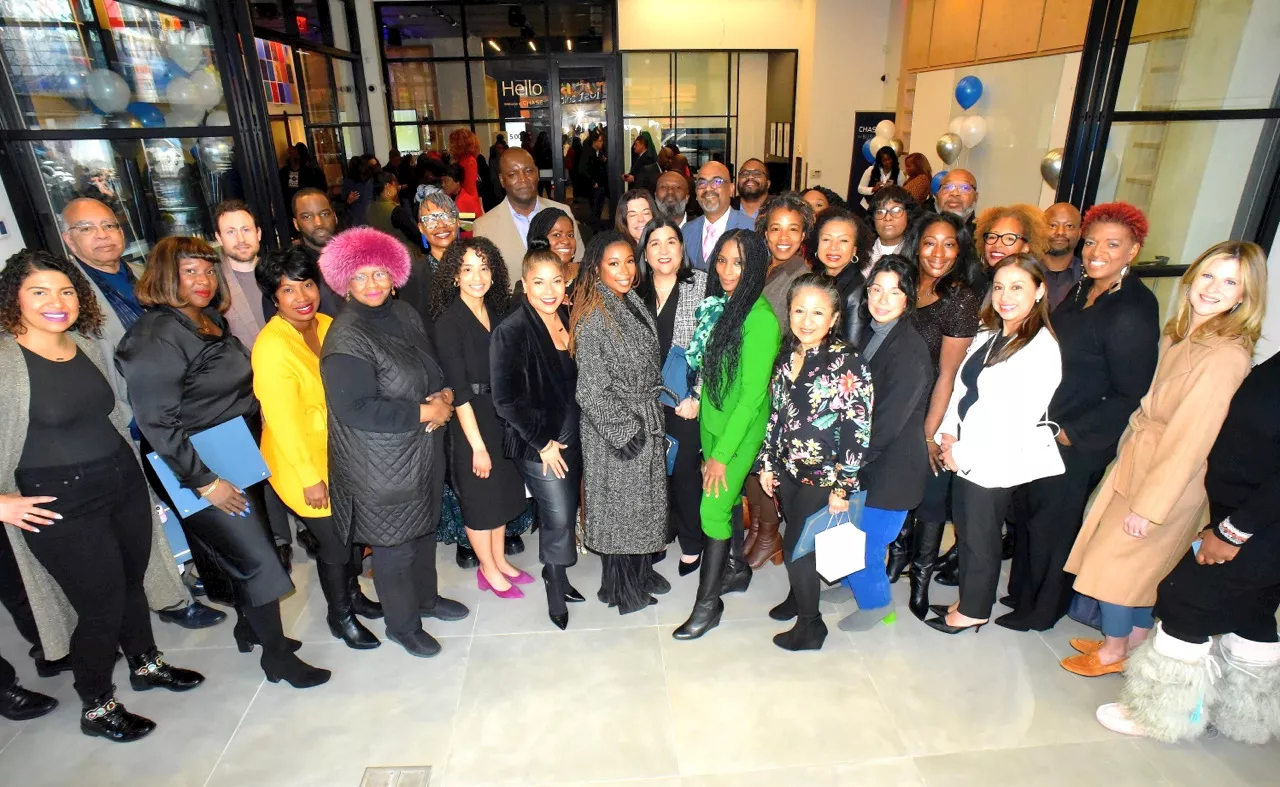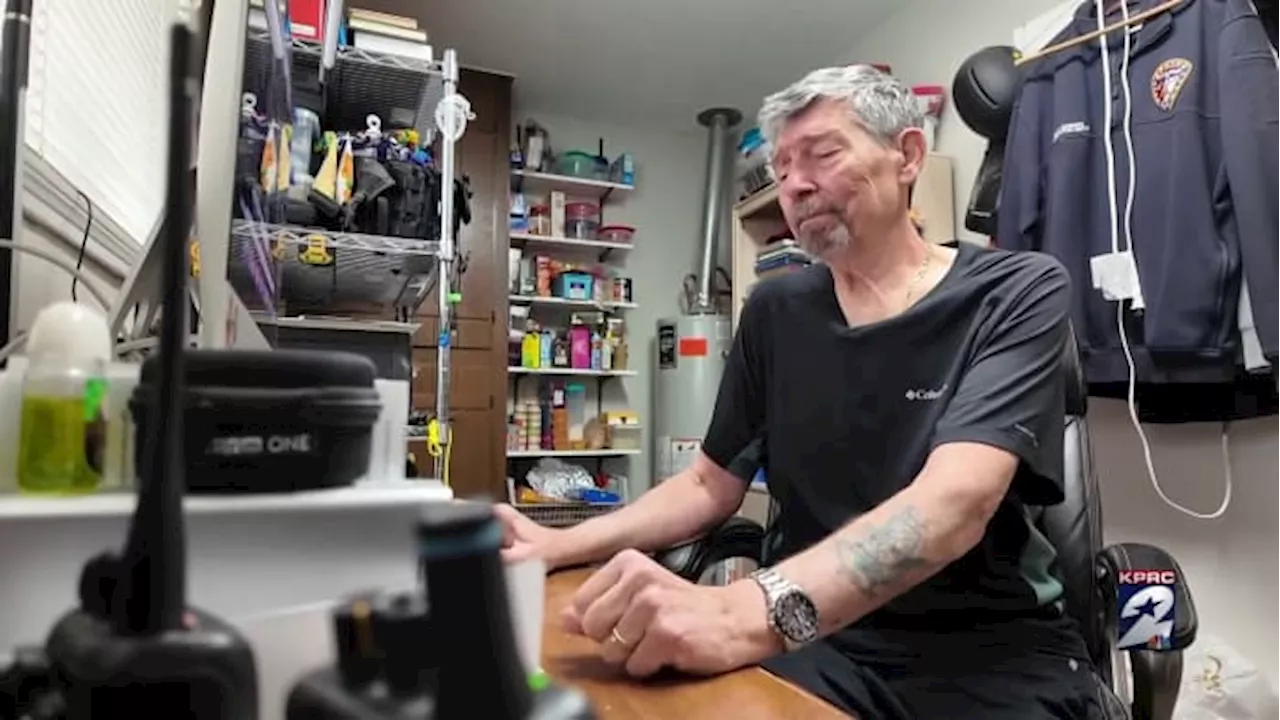The success of the Apollo 11 mission in July 1969 would likely not have been possible without NASA’s decision in 1959 to utilize upper stage vehicles fueled
During the 1950s and 1960s, Glenn Research Center made key scientific, technological, and managerial contributions that impacted both the formation and success of NASA’s Apollo Program. Center employees, both renowned and obscure, were among the thousands of individuals across the country who played a role in Apollo’s unprecedented achievements.
In August 1958, Silverstein began negotiations to transfer management of Rocketdyne’s 1.5-million-pound thrust F–1 engine from the Air Force to NASA. That same month, Silverstein led a joint military and NASA advisory committee to start identifying the types of launch vehicles and engines that the new space agency would require. Del Tischler led the committee’s panel, dealing specifically with high-energy upper stages.
Lewis’ Walter Russell served on a committee with fabrication specialists from other centers that reviewed materials and processes for manufacturing the F–1’s thrust chamber. The massive size of the F–1 thrust required the development of a new brazing process to join the nickel-alloy propellant tubes that also served as chamber’s wall, which was subjected to temperatures and pressures 10 times higher than other engines. Lewis researchers had been working with these types of materials for years.
Rocketdyne engineers used RL–10 technology when designing the J–2 engine, but opted to develop their own fuel injector. The flat-faced injectors suffered persistent problems, but Rocketdyne balked at employing the mesh injector that Pratt & Whitney used on its RL–10. Marshall pressured Rocketdyne to visit Lewis in 1962 to view examples of the porous injector and review the extensive test data at the RETF.
In the early 1960s, Lewis engineers studied the performance and cooling of various types of small thrusters designed to control the movements of the Apollo Command and Service Modules. The tests included analysis of the unique bipropellant thruster developed by Marquardt for the two modules. Lewis researchers demonstrated the reliability of the thrusters, but discovered that they would not survive reentry into the atmosphere.
In 1967, Lewis engineers consulted on the combustion and system stability of the Ascent Engine. John Wanhainen served on a task force that resolved the Ascent Engine’s combustion instability, while Robert Dorsch and Leon Wentzel ran computer analyses of the engine’s combustion instability and accurately predicted the vaporization rates of the bipropellants.Scientists needed to study the surface of the Moon to identify optimal landing sites for Apollo.
United Kingdom Latest News, United Kingdom Headlines
Similar News:You can also read news stories similar to this one that we have collected from other news sources.
 Creating a Corporate Social Responsibility Program with Real ImpactExploring the critical role of experimentation in Corporate Social Responsibility (CSR), research on four multinational companies reveals a stark difference in CSR effectiveness. Successful companies integrate an experimental approach, constantly adapting their CSR practices based on local feedback and knowledge.
Creating a Corporate Social Responsibility Program with Real ImpactExploring the critical role of experimentation in Corporate Social Responsibility (CSR), research on four multinational companies reveals a stark difference in CSR effectiveness. Successful companies integrate an experimental approach, constantly adapting their CSR practices based on local feedback and knowledge.
Read more »
 Businesses celebrate graduation from JPMorgan Chase’s ‘Coaching for Impact’ programThe New Black View
Businesses celebrate graduation from JPMorgan Chase’s ‘Coaching for Impact’ programThe New Black View
Read more »
 Opening ceremony for Apollo Stages at revitalized Victoria Theater celebrates city’s newest cultural spacesThe Apollo recently celebrated the opening of the Apollo Stages at the Victoria Theater with a special ceremony and Apollo sign-lighting.
Opening ceremony for Apollo Stages at revitalized Victoria Theater celebrates city’s newest cultural spacesThe Apollo recently celebrated the opening of the Apollo Stages at the Victoria Theater with a special ceremony and Apollo sign-lighting.
Read more »
 New Life Recovery Program Center Extends Residential Work-Study ProgramThe center is extending the residential work-study program from 4 to 6 months to give residents a better chance of success in recovering from addiction.
New Life Recovery Program Center Extends Residential Work-Study ProgramThe center is extending the residential work-study program from 4 to 6 months to give residents a better chance of success in recovering from addiction.
Read more »
 State says it will not investigate Scripps Chula Vista maternity ward closureProviders continue to decry decision, saying that consolidation effort would impact long-running residency program
State says it will not investigate Scripps Chula Vista maternity ward closureProviders continue to decry decision, saying that consolidation effort would impact long-running residency program
Read more »
 ‘The Internet is not cheap:’ Spring man working to keep federal program that lowers connectivity costsThe Affordable Connectivity Program is a federal program that lowers the cost of internet for recipients up to $30 per month and $75 a month for those on Tribal lands. 1,718,552 Texans are enrolled in the program. However, the program will likely end next month if Congress doesn’t fund the program.
‘The Internet is not cheap:’ Spring man working to keep federal program that lowers connectivity costsThe Affordable Connectivity Program is a federal program that lowers the cost of internet for recipients up to $30 per month and $75 a month for those on Tribal lands. 1,718,552 Texans are enrolled in the program. However, the program will likely end next month if Congress doesn’t fund the program.
Read more »
